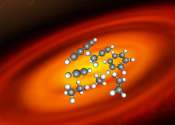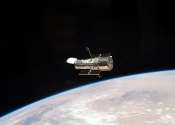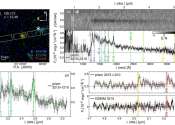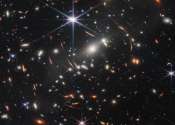The James Webb Space Telescope (JWST) is a planned infrared space observatory, the partial successor to the aging Hubble Space Telescope. The JWST will not be a complete successor, because it will not be sensitive to all of the light wavelengths that Hubble can see. The main scientific goal is to observe the most distant objects in the universe, those beyond the reach of either ground based instruments or the Hubble. The JWST project is a NASA-led international collaboration with contributors in 15 nations, the European Space Agency and the Canadian Space Agency.
Originally called the Next Generation Space Telescope (NGST), it was renamed in 2002 after NASA's second administrator, James E. Webb (1906-1992). Webb had overseen NASA 1961-68 from the beginning of the Kennedy administration through the end of the Johnson administration, thus overseeing all the critical first manned launches in the Mercury through Gemini programs, until just before the first manned Apollo flight.
Current plans call for the telescope to be launched on an Ariane 5 rocket in 2014, on a five-year mission. The JWST will reside in solar-orbit near the Sun-Earth L2 point, which is on a line passing from the Sun to the Earth, but about 1.5 million km farther away from the Sun than is the Earth. This position, which moves around the Sun in exact orbital synchrony with the Earth, will allow JWST to shield itself from infrared from both Sun and Earth, by using a single radiation shield positioned between the telescope and the Sun-Earth direction.









